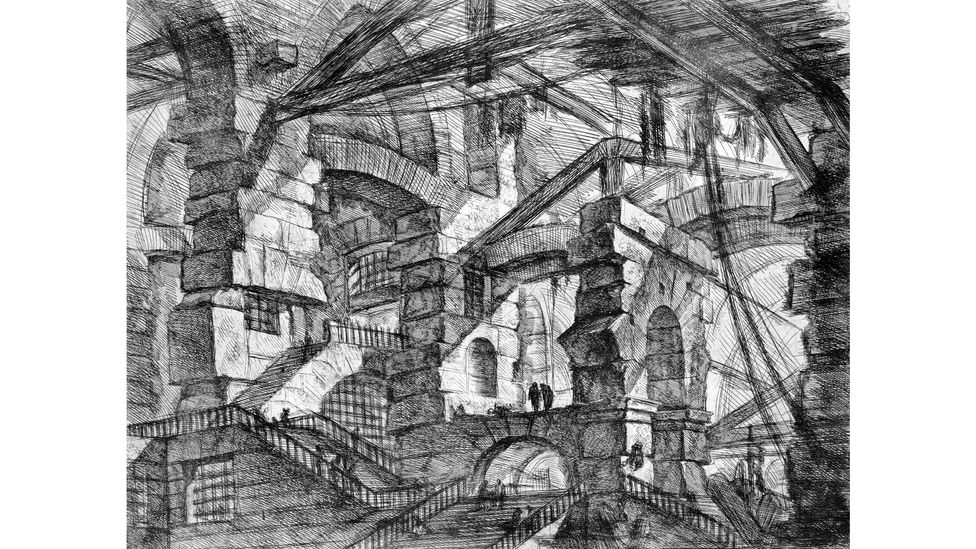W
What could the conservative Catholic Irish writer CS Lewis (1898-1963), famous for the Narnia books, and the postmodernist Argentinian writer Jorge Luis Borges (1899-1986), famous for short stories that play in ‘labyrinths’ of meaning, possibly have in common? Well, for one, they share a fascination with impossible spaces and magical worlds. For another, their influences converge in Susanna Clarke and her recent novel Piranesi.
More like this:
– Why the funniest books are also the most serious
– The best comic novel ever written?
– The book that changed Japan’s image
In interviews, Clarke has attempted to engage in the contradictory act of explaining the delicate obscurities and puzzles that are at the heart of her writing. “You start with an image or the fragment of a story, something that feels like it has very deep roots into the unconscious, like it is going to connect up with a lot of things,” she told The Guardian. Yet there is a sense that Clarke’s labyrinths aren’t meant to be solved, but rather dis-solve. Going to her looking for direction may be a waste of time, because even she might not understand them. Not understanding might be essential.
In 2004, Clarke’s debut novel Jonathan Strange & Mr Norrell was published, a charming, dark, eccentric pastiche of Regency literature that defied expectations by going stellar and selling more than four million copies. Neil Gaiman, a god among fantasy writers, called it “unquestionably the finest English novel of the fantastic written in the last 70 years”. It was made into a TV series that preserved its wonderful strangeness. It is a book about the magical things and impossible places that could lurk behind the dull everyday, notably a cold, surreal, sinister faerieland which the careless or unfortunate or power hungry might lose their way in.





